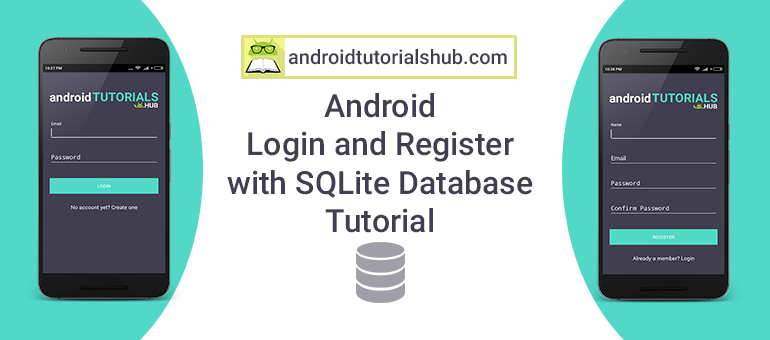
Sqlite database android tutorial android#
If you are not familiar with the concept, check out my previous article discussing Android data binding. Regular readers of this series will notice that we’ve recently begun using the Android data binding techniques for tutorials. To read more about SQLite databases, visit the SQLite web site. An exciting tidbit of information is that SQLite is the most used database engine in the world, and quite possibly the most widely deployed software ever. In fact, in Android, device contacts, and media are stored and referenced using SQLite databases. SQLite is native to both Android and iOS, and every app can create and use an SQLite database if they so desire. What this means is that you can bundle a SQLite database with your application, and get access to all the power of a relational database within your application. Rather, it is embedded into the end program. It implements most of the SQL standard, but unlike the four database engines mentioned above, it is not a client-server database engine. SQLite is a relational database management system, similar to Oracle, MySQL, PostgreSQL and SQL Server.
Sqlite database android tutorial how to#
In this tutorial, I delve into how to use an SQLite database in more detail.

However, due to article length constraints, I could not adequately cover creating and using an SQLite database for data persistence. I recently published a tutorial describing the different available methods to store data locally in an Android app.


 0 kommentar(er)
0 kommentar(er)
